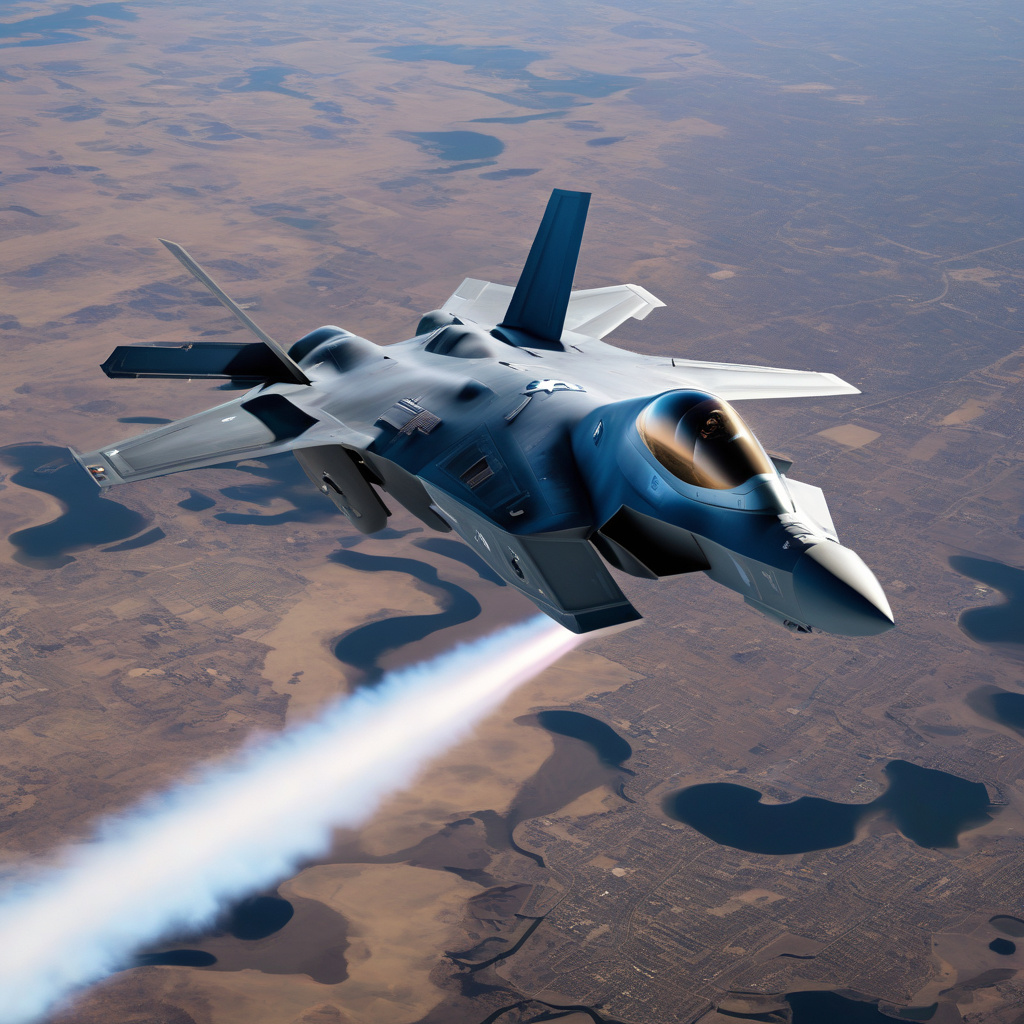US Air Force Tests ‘Badass’ Drone Wingmen to Fly with F-35s, 6th-gen F-47s
In a significant move toward human-machine integration, the US Department of the Air Force (DAF) has embarked on a groundbreaking initiative to test autonomous drones to fly alongside piloted aircraft such as the F-35 and upcoming 6th-generation F-47 jets. This initiative marks a pivotal moment in the realm of military aviation, signaling the dawn of a new era where manned and unmanned aircraft will collaborate seamlessly to achieve mission objectives efficiently and effectively.
The concept of utilizing drone wingmen to accompany fighter jets is not entirely new, with countries like China and Russia already experimenting with similar technologies. However, the US Air Force’s approach stands out due to its emphasis on creating what has been described as “badass” drones capable of operating in highly contested environments, providing valuable support to piloted aircraft while reducing the risk to human pilots.
One of the key objectives behind this initiative is to enhance the situational awareness and combat capabilities of manned aircraft by leveraging the unique strengths of autonomous drones. These drone wingmen, equipped with advanced sensors, artificial intelligence algorithms, and high-endurance capabilities, can perform a wide range of tasks, including reconnaissance, electronic warfare, and even engaging hostile targets when necessary.
By integrating these drones into their operational formations, the US Air Force aims to create a force multiplier effect that will significantly enhance its overall combat effectiveness. The ability to deploy a mix of piloted and unmanned aircraft in coordinated missions will not only increase the survivability of the manned platforms but also enable the Air Force to project power more efficiently across diverse theaters of operation.
Moreover, the use of autonomous drone wingmen can potentially revolutionize the dynamics of aerial combat, introducing new tactics and strategies that leverage the strengths of both human pilots and machine intelligence. For instance, while piloted aircraft can bring years of training and experience to the battlefield, drones can execute complex maneuvers and tasks with precision and speed that exceed human capabilities.
In addition to their combat potential, these drone wingmen also offer significant cost-saving benefits, as they can be produced at a fraction of the cost of traditional fighter jets while still delivering a formidable punch. This cost-effectiveness is particularly crucial in an era where defense budgets are under pressure, and military forces are seeking innovative ways to maximize their capabilities within constrained resources.
As the US Air Force continues to test and refine its drone wingmen program, it is crucial to address various challenges, including ensuring secure communication links, developing robust command and control systems, and addressing ethical and legal considerations related to autonomous weapons systems. By proactively addressing these issues, the Air Force can pave the way for the responsible and effective integration of autonomous drones into its future force structure.
In conclusion, the US Air Force’s initiative to test ‘badass’ drone wingmen to fly with F-35s and 6th-gen F-47s represents a bold step toward realizing the full potential of human-machine teaming in modern warfare. By harnessing the complementary strengths of piloted and autonomous aircraft, the Air Force is poised to enhance its combat capabilities, increase operational flexibility, and maintain its technological edge in an increasingly complex and contested security environment.
#USAirForce #DroneTechnology #MilitaryInnovation #FutureofWarfare #AirForceInitiative












